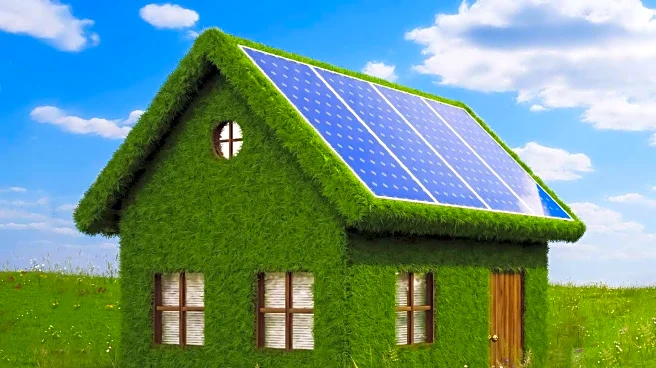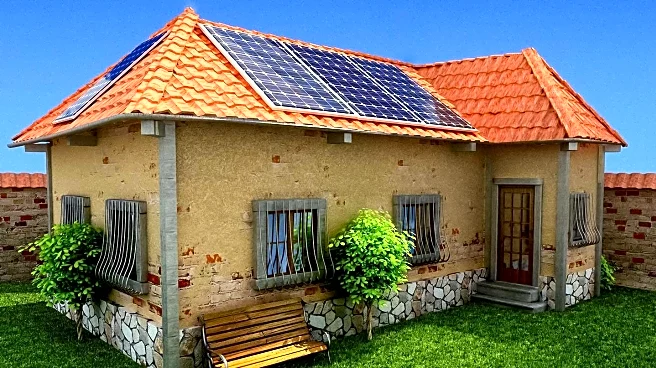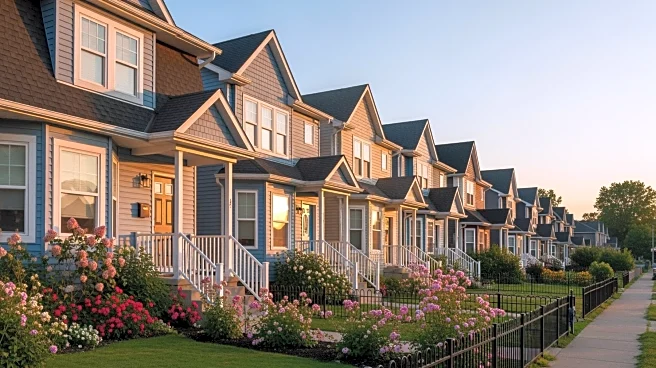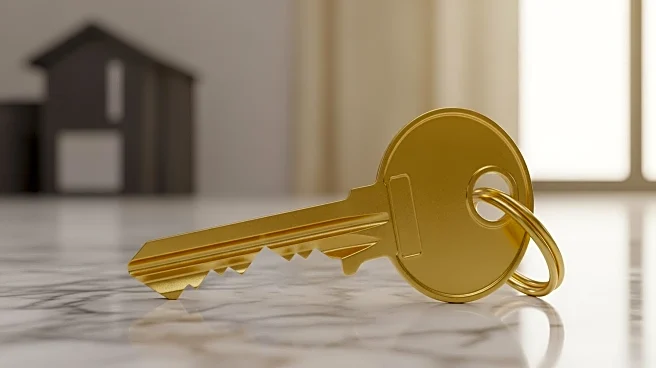What's Happening?
Realtor.com has released a new analysis highlighting the fastest-growing home-listing features for 2025. The report identifies WaterSense fixtures and biophilic indoor/outdoor design as leading trends.
WaterSense fixtures, which are designed to use at least 20% less water, saw a 289% increase in mentions in listing descriptions. Biophilic design, which integrates large sliding glass doors, interior courtyards, and living walls to connect indoor and outdoor spaces, experienced a 163% rise. The analysis indicates a shift towards energy efficiency and sustainability, with smart-home features also gaining popularity. Traditional features like formal dining rooms and three-car garages are declining in favor, reflecting a preference for modern, functional spaces.
Why It's Important?
The growing popularity of biophilic design and WaterSense fixtures signifies a broader trend towards sustainability and efficiency in the housing market. This shift is likely to impact real estate values, as homes with these features may command higher prices. The emphasis on energy-efficient and sustainable living aligns with increasing consumer awareness of environmental issues. As smart-home technology becomes more integrated into daily life, homes equipped with these features may appeal to tech-savvy buyers, potentially influencing market dynamics. The decline in traditional features suggests changing consumer preferences, which could affect future home construction and renovation projects.
What's Next?
As these trends continue to gain traction, real estate developers and builders may prioritize sustainable and smart-home features in new projects. Homeowners looking to sell might consider incorporating these elements to increase property value and appeal to modern buyers. The real estate industry could see a shift in marketing strategies, focusing on the benefits of energy efficiency and connectivity. Additionally, regulatory bodies might introduce incentives for sustainable building practices, further driving the adoption of these features. The ongoing evolution of consumer preferences will likely influence the design and functionality of future homes.
Beyond the Headlines
The rise of biophilic design reflects a cultural shift towards integrating nature into urban living spaces, promoting mental well-being and environmental consciousness. This trend may lead to increased demand for green spaces and sustainable urban planning. The focus on WaterSense fixtures highlights the growing importance of water conservation in response to climate change and resource scarcity. As smart-home technology becomes more prevalent, issues related to data privacy and cybersecurity may arise, necessitating new regulations and consumer education. The decline of traditional home features could signal a move towards minimalist and adaptable living environments.











